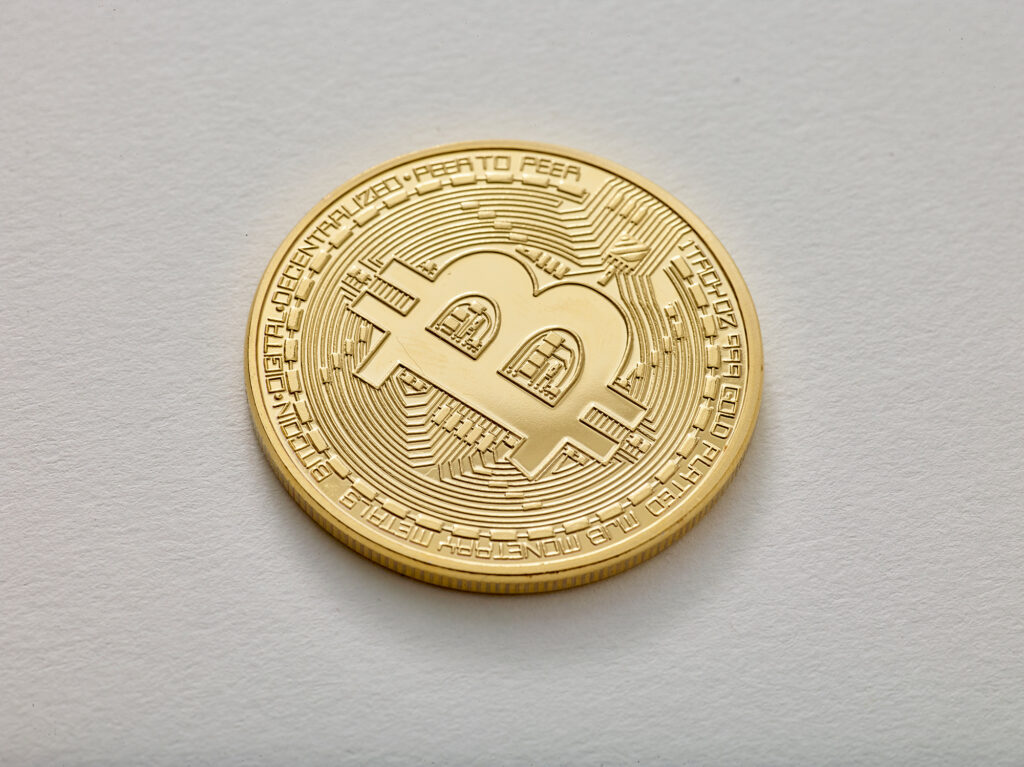
In recent years we’ve heard more and more about cryptocurrencies. They are digital currencies managed by a decentralized network of users. No country, person, or other entity controls the value of a cryptocurrency. Some people think that they will ultimately replace traditional currencies.
The eventual status of cryptocurrencies can be debated endlessly but there is one thing that is certain: in the process of simply existing as they do today, cryptocurrencies like Bitcoin consume astonishing amounts of electricity.
Bitcoin, the most popular cryptocurrency, uses about half a percent of all the electricity consumed in the world. The process of creating Bitcoin consumes over 90 terawatt-hours of electricity annually, which is more than the entire country of Finland with its 5.5 million people. Where does all the energy go?
The answer is something called Bitcoin mining. It is the process by which new Bitcoins are created. It is something like playing a lottery. Miners effectively have to guess an extremely long number called the “target hash” in order to be awarded Bitcoins. There is no magic formula to finding the answer. It isn’t really advanced math; it is brute force searching among trillions of possibilities. Specialized computer equipment is designed to make as many guesses as possible as quickly as possible. The faster the electronic circuits and the more of them there are, the better the chances are of beating out other miners to win the mining lottery. As a result, the amount of power-hungry computing equipment dedicated across the globe to mining Bitcoins has mushroomed.
Whether it pays to be a Bitcoin miner is increasingly difficult, but those that are doing it are consuming extraordinary amounts of energy in the effort to make a few more digital bucks.
**********
Web Links
Bitcoin Uses More Electricity Than Many Countries. How Is That Possible?
Photo, posted February 14, 2018, courtesy of Stock Catalog via Flickr.
Earth Wise is a production of WAMC Northeast Public Radio.
Leave a Reply